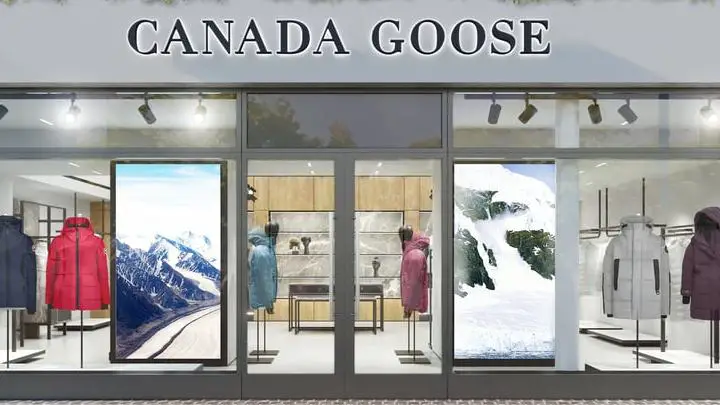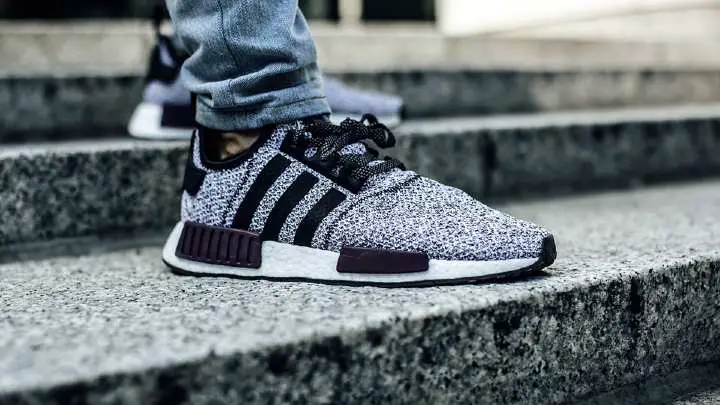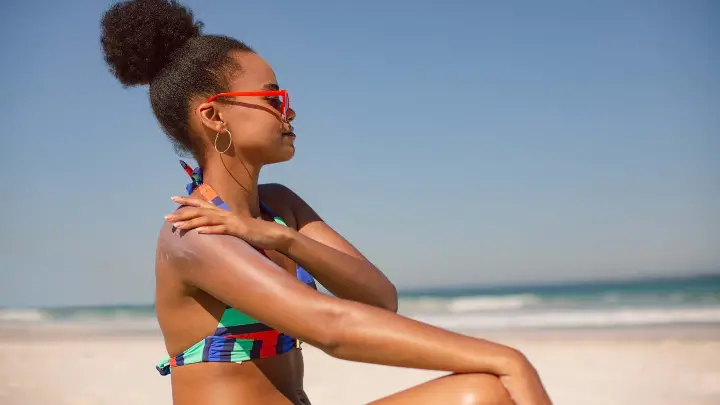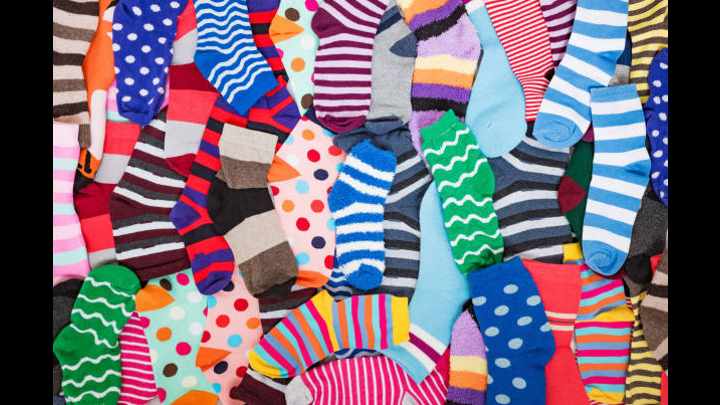Charting your hair is not easy, and for 4A hair type, you can’t decide if it’s curly or coily because it looks like a 3C hair type. However, there is a difference in hair patterns.
Naturally, afro-textured hair is not a walk in the park when it comes to caring for it. They are the curliest and densest hair. However, some categories and subcategories differentiate one pattern from the other.
If you find your hair in the 4A type subcategory and don’t know what to do with it, you are at the right place to find out what is type 4A hair, its characteristics, and how to care for it.
Furthermore, if you can identify your hair’s weak and strong points, maintaining a good routine becomes easier. So stick around and find all you need to know.
What is 4A Hair Type?

4A hair type is a subcategory in the hair chart that is characterized by defined S pattern coils. It has well-defined spirals that look like a spring when stretched. Moreover, the circumference is that of a crotchet needle.
The S-shaped coils of type 4A hair are usually tightly coiled and stretchy. 4A type hair is a borderline hair type that is often mistaken for 3A hair type. However, rather than loose curls, 4A hair has tightly woven hair strands.
Most kinky hairs fall under type 4 hair, so 4A hair type is quite common among black women. You would find a natural-haired woman with the corkscrew or springy hair pattern.
Characteristics of 4A Hair Type
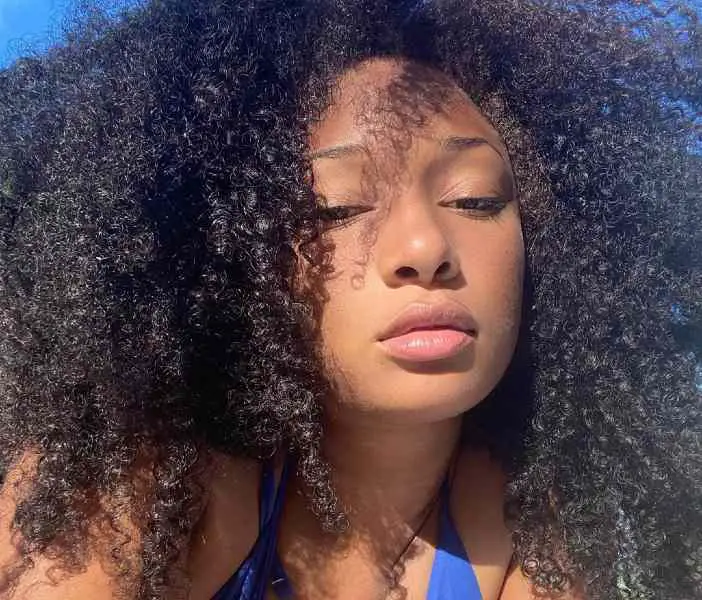
1. S-shaped pattern
4A hair has a well-defined S-shaped coil that is identifiable when wet. Furthermore, it is tightly coiled like a spring. It curls around your fingers easily like a spiral.
2. Prone to dryness
4A hair types are prone to dryness due to their tight coils. When moisture touches the ends of the hair, it takes time to seep into your cuticles, consequently drying up before it is absorbed. However, 4A type hair retains moisture very well.
3. Frizzes easily
This also has to do with moisture. It is hard for natural oil (sebum) to travel to the ends of a 4A hair type. This, in turn, makes it hard for the ends to stay nourished. As a result, they easily frizz and split.
4. It shrinks
A person with 4A type hair has their strands shrunk due to their coils. A 4A hair shrinks up to 70% of its hair length. That is why natural 4A hair when straightened is longer.
5. Prone to breakage
4A hair is also prone to breakage due to its shortage of natural oil in the strands. The strands are usually weak and might break easily if not cared for regularly.
Care Routine for 4A Hair Type
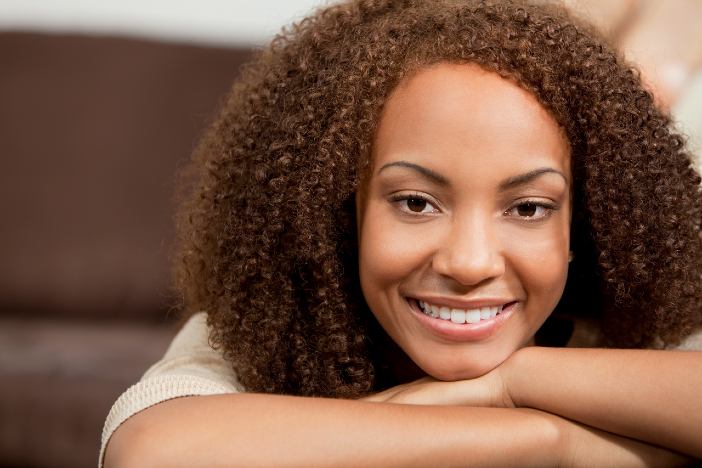
1. Moisturize
This is a cardinal rule for afro-textured hair, and 4A type hair is not exempted. Maintaining moisture in 4A hair is important. Not only would it prevent frizz, split ends, and breakage, it would make your hair shine brighter and better.
However, moisturizing does not mean washing regularly. While you would need moisturizing products, you should avoid washing your hair too often. Water and harsh shampoos strip the hair of oil.
Additionally, it is vital to moisturize daily. You can moisturize with oils, a leave-in conditioner, a gentle cleanser, or plain water in a spritz bottle. Whatever hair product your 4A demands, it should have moisturizing components.
2. Deep condition
Deep conditioning comes in the form of using hair masques and deep conditioners. They are different from your normal conditioners. They are used to treat lacking and damaged hair back to its health.
Due to high concentration, you don’t need to apply daily. You can use them once a week or two or a month, depending on your hair’s texture. However, for 4A, deep conditioners are required once a week to replenish your dry strands.
3. Have a good washing routine
A good hair washing routine is required to help your hair maintain its bright color. Moreover, you need to remove residues without stripping your hair of its oil.
Furthermore, you need to use products that would clarify your hair with components that easily penetrates your tough hair. You can start with a pre-poo to prep your hair and protect your natural oil. Then you follow up with a nice wash and detangling regimen.
You use a conditioner to detangle your hair and finish up with an oil or setting product to keep your coils defined.
4. Comb regularly
Matted hair is something you don’t want to experience. It hurts, breaks your hair, and is very uncomfortable. But you can avoid this by combing your hair regularly.
Moreover, you need to comb your hair to detangle the knots and tangles nestled in your strands.
Whenever you detangle, it is best to do it in sections. This makes the combing process manageable. Furthermore, a wide-toothed comb is best suited for natural afro-textured hair. A brush would likely break your hair strands rather than smoothen them out.
5. Wear protective styles
Protective styles greatly benefit natural hair. The hair is locked in careful styles that do not expose the tips and ends. Furthermore, your hair is tamed mildly.
You can wear protective styles like knotless braids, tribal braids, wigs, hair extensions, twists, or cornrows. Your hair needs time to rest, and putting it in a protective style would give it time to grow on its own.
Moreover, 4A needs less manipulation; and a protective style assures you of that. Nonetheless, it needs to come off. When it does, you can wash your dry, dry it properly, and put it back in a protective style.
6. Add a protein mask
Protein helps in the strengthening of your hair strands. There is a natural protein called keratin in our hair. However, there are times 4A hair is protein-deficient. Protein masks help in times like these.
A protein mask is a conditioner rich in hydrolyzed protein that provides a shot of nutrients on your hair, fixing your weak hair. 4A is characterized as being weak, so a protein mask would guarantee thicker and stronger hair strands.
However, low porosity hair should avoid using protein masks due to the high quantity of protein in their hair.
7. Weak a head wrap
Protecting your hair at night while you sleep is a service you have to provide to your hair. You can use satin or silk hair bonnets or head wraps- it prevents hair damage.
Why do you need them?
They help in protecting your hair against friction. They also keep your hair’s moisture and hair from frizz and split ends. You can use silk or satin pillowcases to protect your hair further in case the wrap slips at night.
8. Use a heat protectant
Your hair might need hot tools like blow dryers, straighteners, or curling irons. Although using hot tools is frowned at, they are necessary tools that can get you a specific result. In such cases, you need to use thermal heat protectants.
A thermal heat protectant serves as a coat on your hair when you want to use a hot tool. Asides from this, you should set your hot tool to low heat setting. And when using a blow dryer, use a diffuser, this spreads the heat evenly.
SEE: 4B Hair Type: Characteristics, Care, and Products for Healthy Hair
4A Hair Type Products

Shampoos
All hair need shampoos for cleansing and getting their hair free of dirt and grime. Nonetheless, 4A type hair should go for cleansing shampoos that would protect your hair’s natural oil (sebum).
Furthermore, the shampoo should be sulfate-free, which would not harm your hair strands or dry them up. In addition, use shampoos designed for your hair’s special needs. For instance, damaged hair would need a shampoo that is gentle to your hair as you wash.
Conditioners
For your hair, you need normal conditioners and leave-in conditioners. You can use a normal conditioner every time you wash your hair. Meanwhile, leave-in conditioners are great for providing daily moisturizing components.
You would also need to use detangling conditioners to detangle your hair in a measured frequency.
In terms of components, the conditioners should have emollients, humectants, hydrating ingredients that would attract moisture and lock it in. However, using your conditioners too much could lead your hair to build-up residues.
Natural oils
Your hair needs natural oils to enhance the moisture and seal it in. Natural oils like coconut oil jojoba oil, castor oil, almond oil, and avocado can be used by 4A hair.
- Coconut oil contains vitamins E and K, which serves as antioxidants. The oil also helps to stimulate blood circulation in the scalp.
- Jojoba oil is unique because of its texture having almost the same consistency as the body’s natural oil. The oil also contains vitamins B and E with copper and zinc. It can be used for conditioning and keeping off dandruff.
- Almond oil is rich in omega-3 fatty acids, magnesium, vitamin E, and phospholipids. The components makes it the best in treating hair loss like alopecia.
- Castor oil is also rich in omega-6 and omega-9 and helps with blood circulation.
- Avocado oil is another light oil. It is rich in vitamin D and helps to moisturize and fight dandruff.
Hair masks/ deep conditioner
Hair masks and deep conditioners are used to treat particular sets of hair issues. For instance, if you have damaged hair, thinning hair, or dry hair, you can treat them with hair masks. The masks are concentrated formulas that add a concentrated shot of moisture to your deprived hair.
You can use deep conditioners with strong formulas to enrich your hair with much-needed moisture and hydration. 4A hair type experience dry hair often due to its coils, so you need deep conditioners with moisturizing components.
You can do a conditioning treatment without washing (interchanging it with your shampooing routine) or use it after shampooing your hair.
SEE: 4C Hair Type: Basic Characteristics, Care and Helpful Products
FAQs on 4A Hair Type

Is 4A hair type high porosity hair?
High porosity hair is determined by your hair’s ability to absorb moisture. Therefore, your hair can be any porosity.
If your 4A hair is highly porous, it means your hair absorbs water fast and loses it just as fast. You will experience drier and frizzy hair more. As a result, moisturizing is essential in keeping your hair healthy.
What hairstyles are good for 4A hair type?
4A hair types can do the following hairstyles:
- Bantu knots
- Curls
- Twin buns
- Twists
- Braids
- High buns
- Clipped hair with accessories
How do I keep my 4A hair type curly?
Use curl-defining products. 4A hair type can make its curls more prominent by using curl-defining styling products, conditioners, hairstyles, or using natural curl styling products.
In addition, you need to maintain a steady detangling and washing routine that leaves your hair tangle-free.
Conclusion
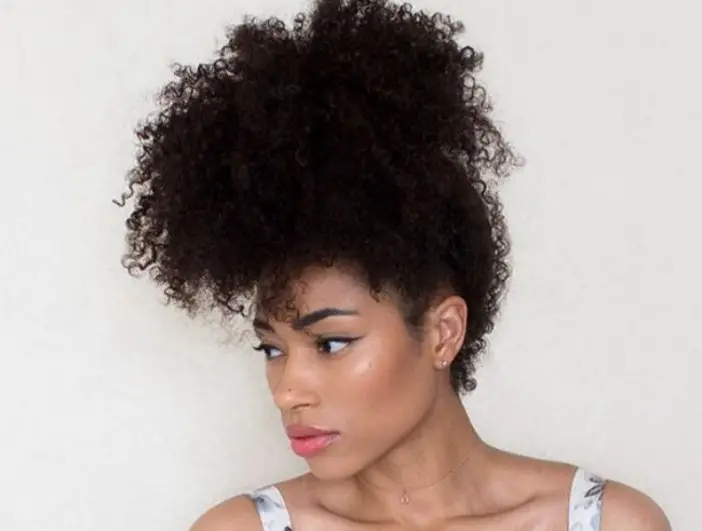
4A hair type is borderline with 3C hair type. However, 4A hair is more tightly coiled. Furthermore, 4A is prone to dryness, frizz, and split ends due to the coils restricting natural oils from flowing down to your ends.
Therefore, if you want to treat 4A hair, moisturizing is important. If your hair is moisturized, it can be maintained and protected.
Moreover, having a 4A hair type means you have the opportunity to define your coils and also wear stunning hairstyles. However, what matters in keeping healthy type 4A hair is the products you use.
If you use the right products, you can get the best out of your 4A hair type.
Thanks for reading.
Africana fashion provides relevant hair care articles to aid your healthy lifestyle journey.


